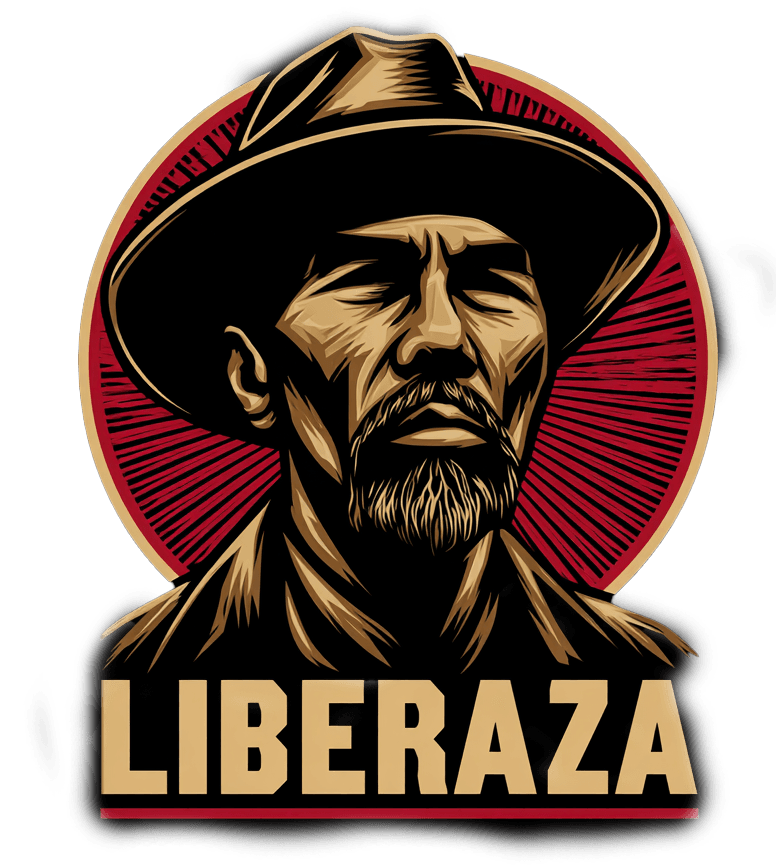Los Angeles Prepares for a Summer of Resistance Against ICE Raids
LS
Los Angeles is bracing for what organizers are calling a “Summer of Resistance,” and the movement is about to hit a crescendo.
On August 12, a coalition of immigrant rights groups, labor unions, educators, and faith leaders will launch a citywide strike to protest recent ICE raids and the broader climate of fear gripping immigrant communities across Southern California.
This isn’t just another protest. It’s a coordinated, multi-pronged act of civil resistance, deeply rooted in the political and cultural soil of this city. The organizers are serious, the participants are mobilizing, and the message is unequivocal: Enough is enough.
ICE Has Returned — and People Are Watching
For weeks now, ICE agents have been quietly ramping up operations in and around Los Angeles. Unlike the loud and theatrical raids of past years, these new actions are calculated and discreet. Day-laborer corners in Van Nuys. Parking lots in East L.A. Home Depot entrances in Inglewood. All targeted. All documented.
Community members say agents have been operating in unmarked vehicles, some wearing masks, others refusing to identify themselves. It’s not hard to see why tensions have spiked.
“We’ve had enough of unaccountable enforcement in our neighborhoods,” said Angelica Salas, executive director of the Coalition for Humane Immigrant Rights of Los Angeles (CHIRLA). “This is about restoring dignity, safety, and due process.”
CHIRLA is leading the August 12 effort, backed by SEIU Local 721, United Teachers Los Angeles, and dozens of grassroots organizers. Their goals: protest the raids, educate vulnerable communities, and demand accountability from both local and federal agencies.
A Different Kind of Protest
What makes this upcoming strike different is its scale and structure. It’s not just about marching. It’s not just about holding signs. This is a full-day action designed to combine public protest, civic outreach, and economic pressure.
Community monitors will be stationed at high-traffic areas—transportation hubs, grocery stores, and work sites—distributing “know your rights” literature in Spanish, English, Mandarin, and Tagalog.
Workplaces across the city are preparing for walkouts. Teachers plan to hold school-based discussions about civil liberties. Religious leaders will open churches and temples as legal aid and information centers.
One group of volunteers will even operate a mobile hotline to report ICE sightings in real time, a tactic borrowed from grassroots campaigns in 2018 and 2020.
“We’re not just reacting,” said Luz Navarro, a labor organizer with SEIU. “We’re organizing. We’re building something bigger than a one-day protest. This is about protecting people who have been targeted for far too long.”
A Flashpoint Moment
This strike comes amid a surge in deportations nationally. According to federal data, ICE is on pace to remove more than 300,000 people in 2025—the highest number since the Obama administration’s peak in 2014.
But the statistics only tell part of the story. What’s happening on the ground feels different.
In some neighborhoods, parents are afraid to take their children to school. Construction workers are avoiding job sites. Seniors are skipping doctor appointments. The fear is ambient—and it’s real.
This is the lived experience of immigration enforcement in Los Angeles. And on August 12, that experience will be turned outward for all to see.
The Intersection of Labor and Migration
It’s not a coincidence that some of the city’s largest unions are backing this strike. The connection between immigration enforcement and economic exploitation runs deep in Los Angeles.
Workers without papers—housekeepers, gardeners, cooks, caregivers—are vulnerable to abuse. Many won’t report wage theft or unsafe conditions for fear that a phone call to HR could lead to a knock on the door from ICE.
“We understand this isn’t just an immigration issue. It’s a labor issue. It’s a human rights issue,” said Carla Estrada, president of United Teachers Los Angeles. “We’re not standing on the sidelines.”
This kind of coalition—immigrants, union members, educators, clergy—has power. Political power. Economic power. Moral power. And it’s that power the August 12 strike aims to flex.
What Comes Next?
The organizers aren’t naïve. They know one strike won’t dismantle ICE or halt deportations. But they believe it can shift the narrative, ignite solidarity, and make it harder for these operations to happen in the shadows.
They also hope to build momentum for legislation currently under review in Washington and Sacramento—including a bill that would prohibit federal agents from wearing masks or hiding their identities during civil immigration enforcement.
Back in Boyle Heights, I spoke with a 19-year-old DACA recipient named Marco who plans to skip work on the day of the strike. He’s scared, but he’s going anyway.
“If we don’t show up,” he told me, “they win.”
On August 12, Los Angeles won’t be quiet. It won’t be passive. It won’t look away.
It will resist—publicly, peacefully, and powerfully.
And for a city built by immigrants, that’s not just protest. It’s tradition.
